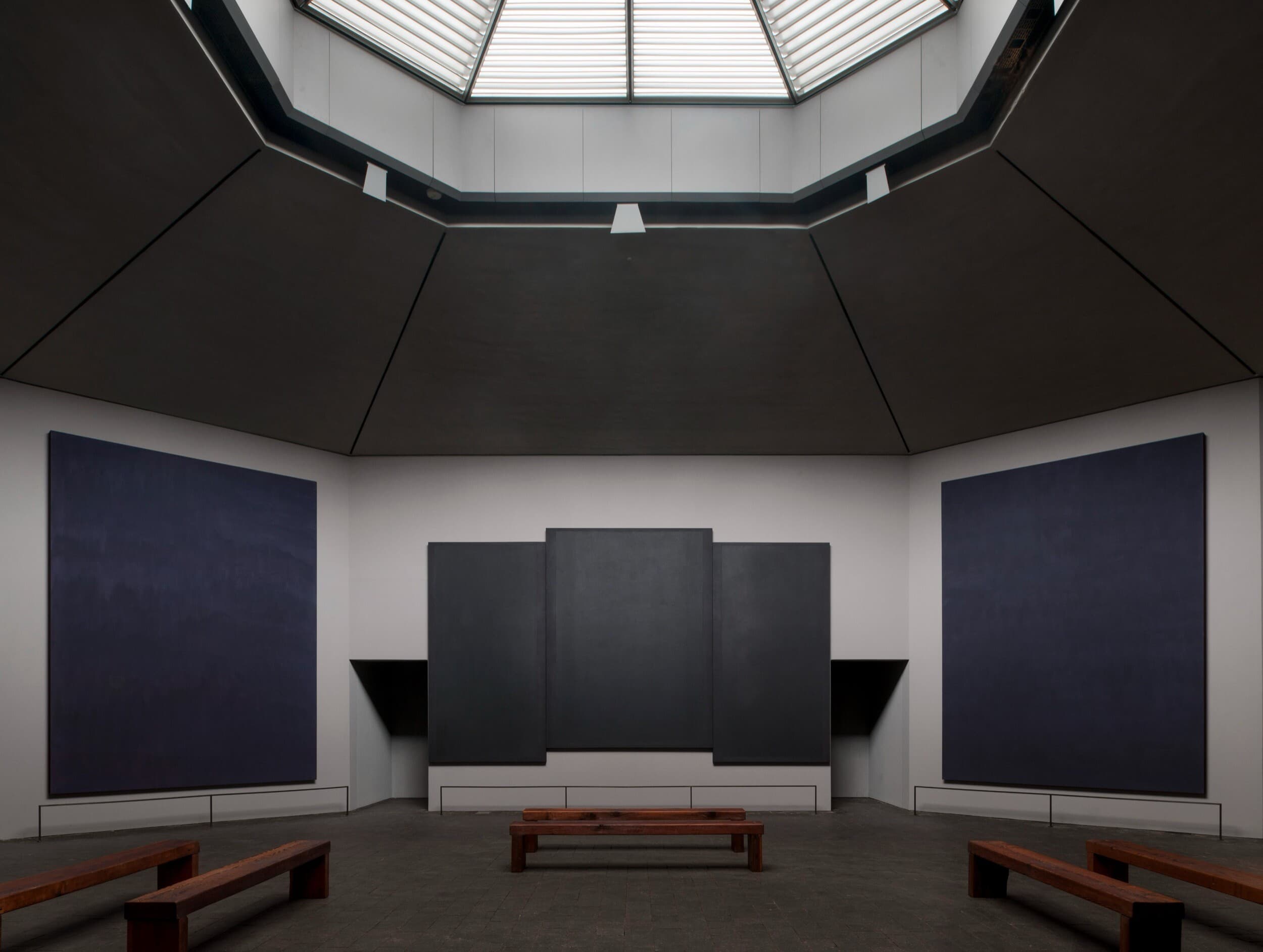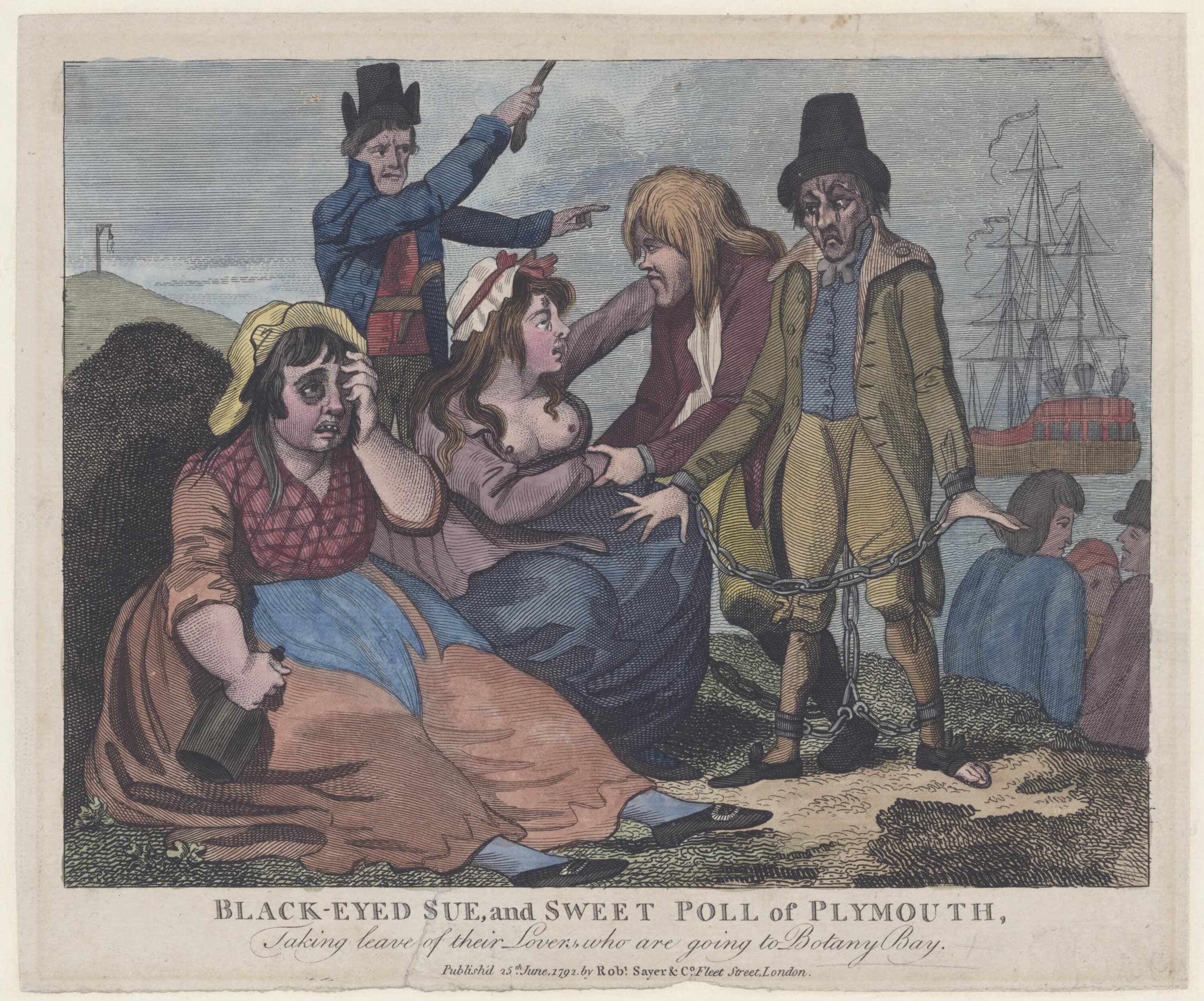What We Inherited
As the art world fixates on the global present, a new wave of Australian and Chilean artists, critics, and historians are turning backward—embracing archives, provincialism, and forgotten genealogies. Is resisting contemporaneity the most contemporary move of all?
By Verónica Tello
Issue 1, Summer 2023/24
For the better part of the year, I have been living in Santiago, a city currently gripped by an archival fever in its local arts community. It started in 2005 with the founding of the Centro de Documentación de las Artes Visuales del Centro Nacional de Arte Contemporáneo, which made archives from the dictatorial era (1973–90) available for the first time. The fever intensified in 2010 when the Centre digitised its collection. A slew of private and public institutions followed suit. These spaces have fuelled the appetite of younger artists, curators, and art historians who came of age in the post-dictatorship period and sought to wrestle the past they inherited. Santiago’s archive fever is driven by the desire to trace and imagine local art history, manifesting in dozens of books, exhibitions, and artworks.
Exclusive to the Magazine
What We Inherited by Verónica Tello is featured in full in Issue 1 of Memo magazine.
Get your hands on the print edition through our online shop or save up to 20% and get free domestic shipping with a subscription.
Buy this article as an ePaper (PDF)
Single-article PDF, not the whole issue. AUD $5.00.
Related

The APY Art Centre Collective scandal, ignited by Murdoch’s The Australian, exposed more than allegations of interference—it revealed power struggles in the Aboriginal art industry and became a flashpoint for culture wars. As institutions, dealers, and politicians jockeyed for position, the artists were caught in a battle over authenticity, control, and the future of Aboriginal contemporary art.

By recasting Black-Eyed Sue and Sweet Poll in shackles, Sayer’s 1792 engraving subverts the sailor’s farewell to reveal convict and naval cruelty as mirror images.
